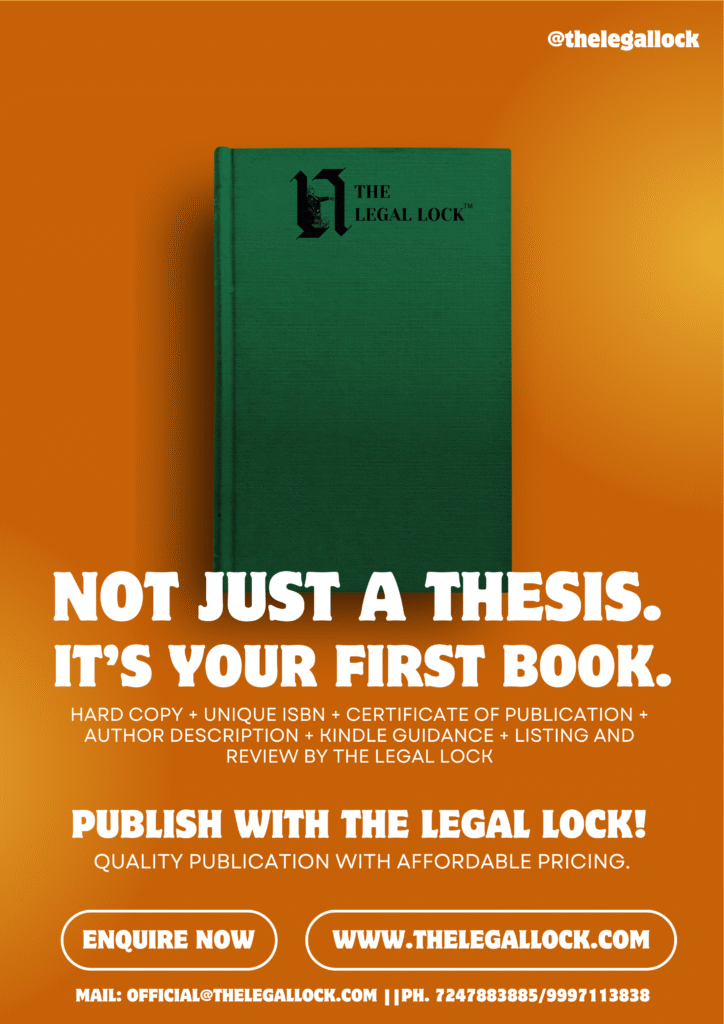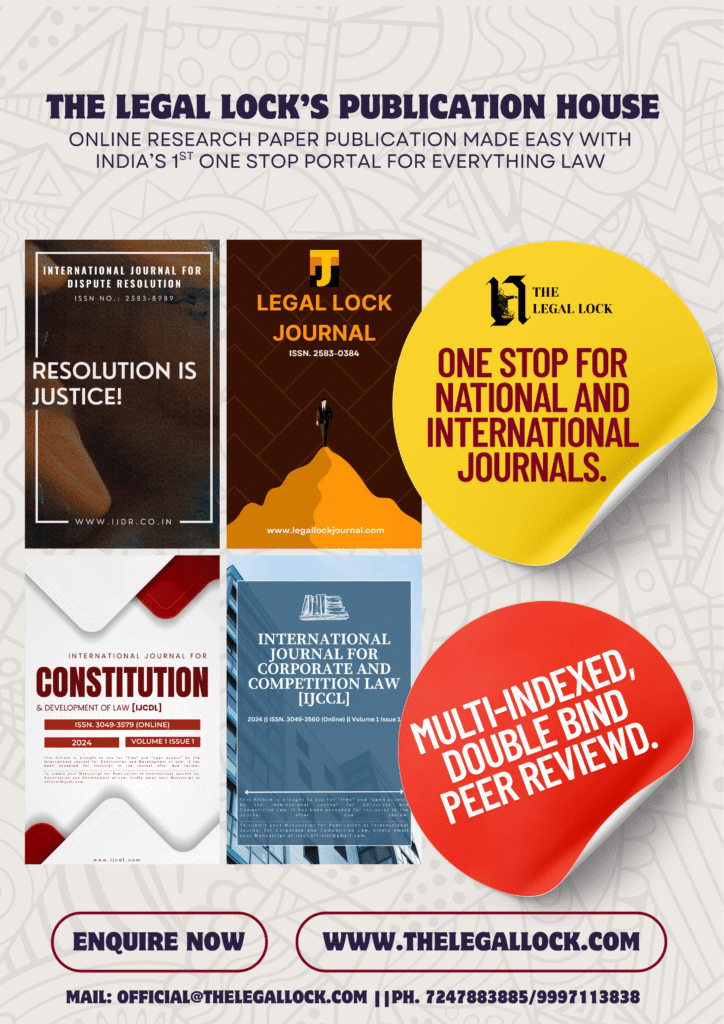CASE BRIEF: SUDHIR SHANTILAL MEHTA VS C.B.I ON 7 AUGUST, 2009

| CASE NAME | Sudhir Shantilal Mehta vs C.B.I on 7 August, 2009 |
| CITATION | (2009) 8 SCC 1, 2009 (10) SCALE 270, (2009) 12 JT 459, AIR 2009 SC 3022 |
| COURT | Supreme Court of India |
| BENCH | Justice S.B. Sinha and Justice Cyriac Joseph |
| PETITIONER | Sudhir Shantilal Mehta |
| RESPONDENT | Central Bureau of Investigation (CBI) |
| DECIDED ON | August 7, 2009 |
INTRODUCTION
In the case of Sudhir Shantilal Mehta vs. Central Bureau of Investigation (CBI), decided on August 7, 2009, the Supreme Court of India rendered a decision on a case involving criminal conspiracy and breach of trust over financial transactions. In essence, it addresses claims of financial embezzlement and banking law infractions. The ruling has profound implications for criminal law, particularly for the laws pertaining to conspiracy, breach of trust, and bank employees.
The case before the Supreme Court examined the fundamental elements of criminal conspiracy, as defined by Section 120B IPC, and criminal breach of trust, as defined by Section 409 IPC. The court discussed whether breaking banking standards in and of itself constitutes a crime or if it necessitates a specific criminal motive. The ruling has also shed light on officers who have financial duties and the extent to which they may be held personally accountable for financial misconduct.
As a result, this case sets a precedent for how white-collar crimes are understood in India, particularly in the business and financial sectors. The court’s decision distinguished between criminal misconduct and procedural errors, emphasizing the need for evidence to establish criminal intent. It also established the rule that unless dishonest intent is proven beyond a reasonable doubt, criminal culpability cannot be imposed.
FACTS OF THE CASE
A key figure in the activities, including the transfer of monies without permission, was Sudhir Shantilal Mehta. The CBI claims that he and a few other bank employees approved certain financial operations that caused the bank to lose money. Because the crimes entailed the theft of public monies entrusted to the bank, the prosecution argued that they constituted criminal conspiracy under Section 120B IPC and criminal breach of trust under Section 409 IPC.
Additionally, the defense said that there was no illegal intent and that the transactions were conducted in the regular course of business. They further maintained that “any lapses in following the banking procedures does not necessarily amount to a criminal offense, with no wrongful gain or dishonest intent on the part of Mehta” .
Given the complexities of financial transactions and legal requirements pertaining to criminal conspiracy and breach of trust, the matter was brought before the Indian Supreme Court. The main question was whether these conduct qualified as crimes or as simple procedural infractions. It would specifically affect financial responsibility and white-collar crime in India.
ISSUES RAISED
- Whether the accused, Sudhir Shantilal Mehta, was guilty of criminal conspiracy under Section 120B of the Indian Penal Code (IPC).
- Whether the said transactions constituted a criminal breach of trust under Section 409 IPC.
- Whether such procedural lapses in financial transactions could constitute a criminal offense.
ARGUMENTS FROM BOTH SIDES
Arguments on behalf of the petitioner
Sudhir Shantilal Mehta has been the petitioner. The CBI claims that his case is predicated on conjecture rather than facts, although he disputes this. His defense primarily relies on the lack of criminal intent (mens rea) and the misinterpretation of financial transactions as crimes.
According to the petitioner, the transactions were conducted in the regular course of business and showed no signs of dishonesty. He maintained that it was not illegal to conduct some financial transactions just because they did not follow banking protocols. The defense of lack of improper gain or desire to deceive was crucial.
According to the arguments, there is no evidence to support the criminal conspiracy under Section 120B of the IPC since there is no proof that he ever had a previous agreement, mutual understanding, or meeting of the minds with the relevant bank personnel to carry out any wrongdoing. Conspiracies cannot be considered criminal conspiracies if they do not involve more than a violation of procedures or concrete proof of collaboration.
Arguments on behalf of the respondent
The Central Bureau of Investigation (CBI), which represented the respondent, said that Sudhir Shantilal Mehta had intentionally engaged in financial misconduct, resulting in a substantial loss for the financial institution. The prosecution further contended that the petitioner’s acts were willful and dishonest violations of banking regulations rather than merely procedural errors.
Since these transactions did not occur in the regular course of business, the CBI argued that there was unmistakable proof of criminal conspiracy under Section 120B IPC. It contended that Mehta colluded with bank employees to conduct illicit transactions, which resulted in unlawful profits for some parties from the bank’s erroneous loss. Such situations would demonstrate that there was prior planning to misuse cash.
According to the CBI, Mehta misused his position and embezzled public monies, committing a criminal breach of trust under Section 409 IPC. The prosecution said that any misuse of entrusted funds is a severe violation since banking officials serve as trustees of public monies. They maintained that since Mehta was a major player in the deal, it was his duty to guarantee compliance and openness, which he did not.
JUDGMENT
After reviewing the pertinent legal rules, arguments, and claims, the Supreme Court of India rendered its decision on the matter on August 7, 2009. Due to the financial transactions involved in the case, the court had to determine whether Sudhir Shantilal Mehta was found guilty of criminal conspiracy under Section 120B IPC and criminal breach of trust under Section 409 IPC.
The Supreme Court ruled in favor of the petitioner and dismissed the criminal charges against him after taking this evidence into account. There was no solid proof that Mehta and bank officials planned to commit fraud or embezzle money. Sections 120B and 409 of the IPC need criminal intent and mens rea, which the bench ruled were not conferred by the mere existence of accounting or procedural malpractices.
The Court went on to state that there are differences between criminal and civil responsibility. The court’s ruling states that not all violations of banking standards constitute crimes unless there is clear evidence of dishonest intent and unjust benefit. The court believed that the case would not be treated as a criminal violation if there was only a suggestion of fraudulent intent, given the complexity of financial decisions and the risks associated with the transaction.
ANALYSIS & CONCLUSION
An important ruling in the matter of Sudhir Shantilal Mehta vs. Central Bureau of Investigation (CBI) has clarified the distinction between criminal misbehavior in financial transactions and procedural failures. In this ruling, the Supreme Court has reinforced the idea that criminal culpability cannot be established in the absence of proof of mens rea and unjust gain. The court went on to say that unless fraudulent intent is proven beyond a reasonable doubt, a simple infraction of banking protocols or an irregularity in a transaction is not a crime.
Due process and the fair play principle are also emphasized in this ruling when it comes to the investigation of white-collar crimes. The court ruled that no one should face criminal charges unless there is verifiable evidence of conspiracy or theft because financial transactions, particularly banking and corporate transactions, are risky and complicated. This ruling guarantees that civil and regulatory matters are not unnecessarily criminalized and serves as a guide for future instances involving accusations of financial malfeasance.
The ruling also protects individuals from unjustified criminal prosecution and upholds financial institutions’ accountability. The case demonstrates that the judiciary makes sure that law enforcement agencies distinguish between technical malpractices and criminal violations. The Supreme Court’s decision to drop the accusation against Sudhir Shantilal Mehta served as a reminder to every one of the importance of protecting people from false prosecutions and the need for sufficient proof in criminal cases.







